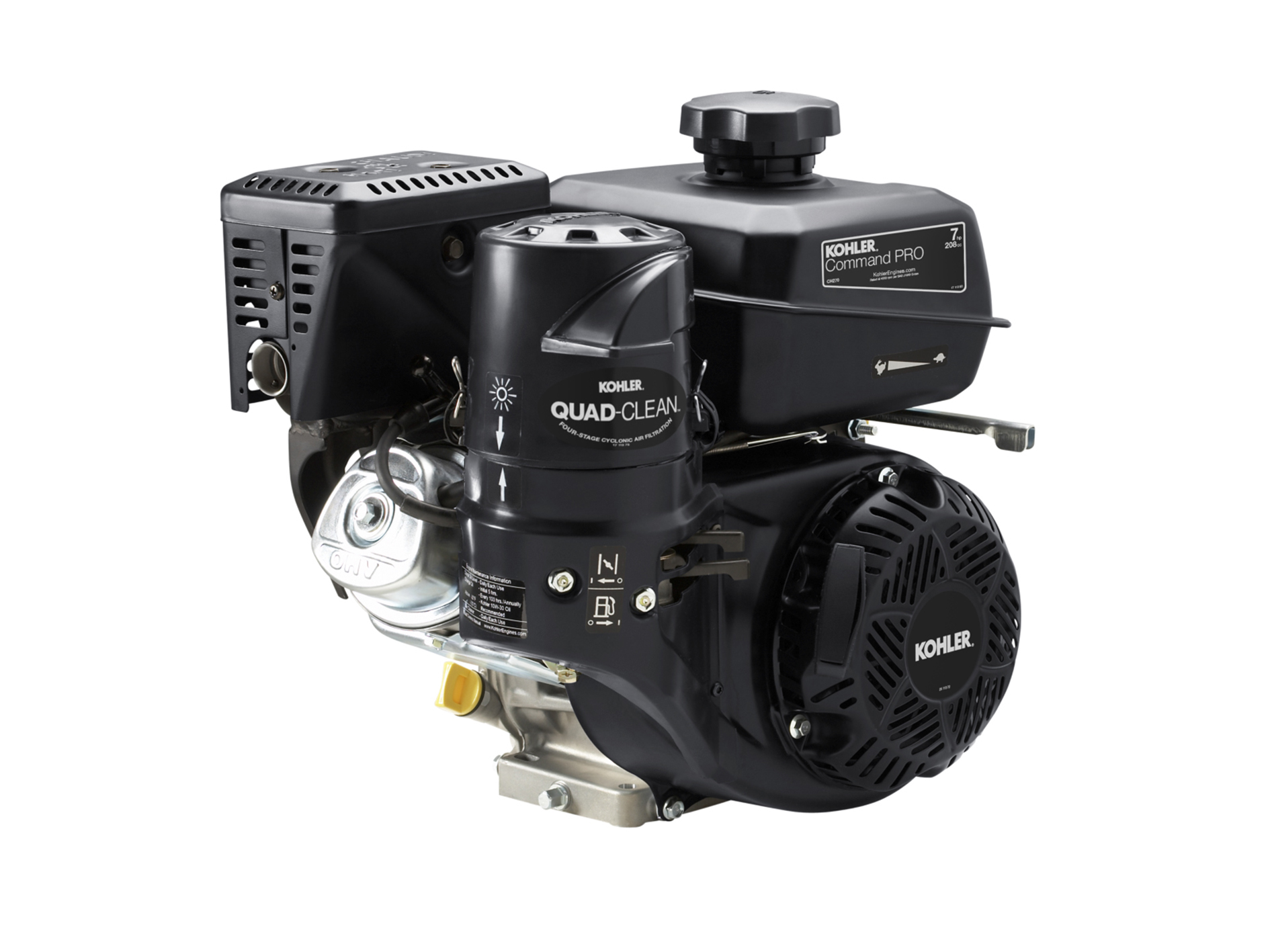KOHLER Engines has developed new versions of KDI engines intended specifically for agricultural applications by offering specific versions of the KDI 1903, KDI 2504 and KDI 3404 models. The starting point is its tried-and-tested “bedplate” architecture, whose superior strength and torsional rigidity are ideal for application on agricultural tractors where the engine is a structural part of the machine and has to cater for the considerable strain that is typical of these applications. The supporting structural oil pan with a central tunnel for the transmission shaft has been specifically designed for specialist tractors. What’s more, the architecture with counter-rotating balancing shafts helps cut down on vibration. From the point of view of its dimensions and footprint, the basic specifications of KDI engines make them suitable for applications in the agricultural sector: their narrow profile helps them drive a more compact steering radius, significantly improving the maneuverability of the machine. But the footprint is not the only element that helps simplify the installation of KDI engines. It has two auxiliary lateral power take offs (PTO, SAE A and SAE B), designed to pick up the most power possible from the engine, enabling perfect integration with the machine’s hydraulic system for effective powering of the accessories that are usually used, guaranteeing the interface with any type of transmission and ultimately reducing the space needed for the application. The various versions (KDI 1903, KDI 2504 and KDI 3404), with various calibrations, guarantee all the certifications in the range up to 100 kW required by the European Union (EU: Stage IIIA, Stage IIIB, Stage IV), North America (EPA: Tier 4 Interim, Tier 4 Final) and non EU countries (China and Korea: Tier III or equivalent). The solution offered by KOHLER Engines also includes specially designed dual stage diesel filtering systems, making it possible to use low-quality diesel fuel without creating problems for the engine.
SPOTLIGHT
Kohler new KDI engines for agricultural applications
Posted by Redazione on 9 June 2017 in Spotlight · 0 Comments




